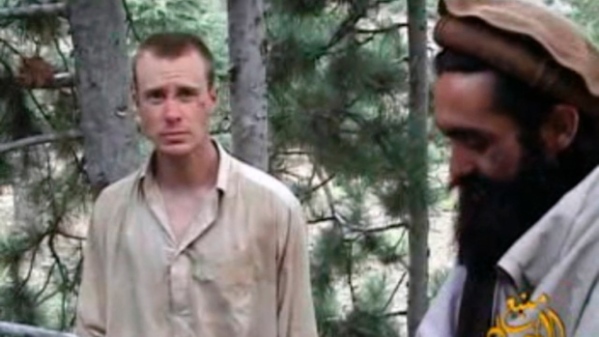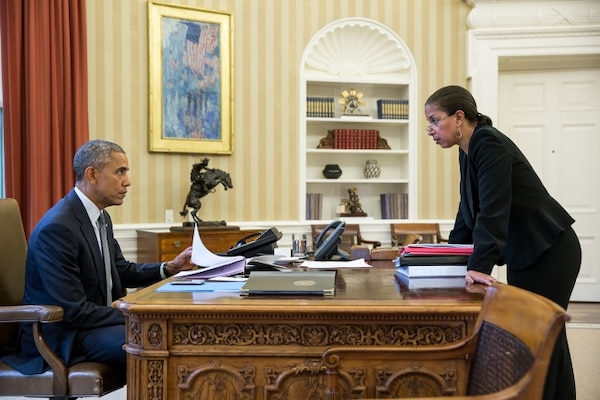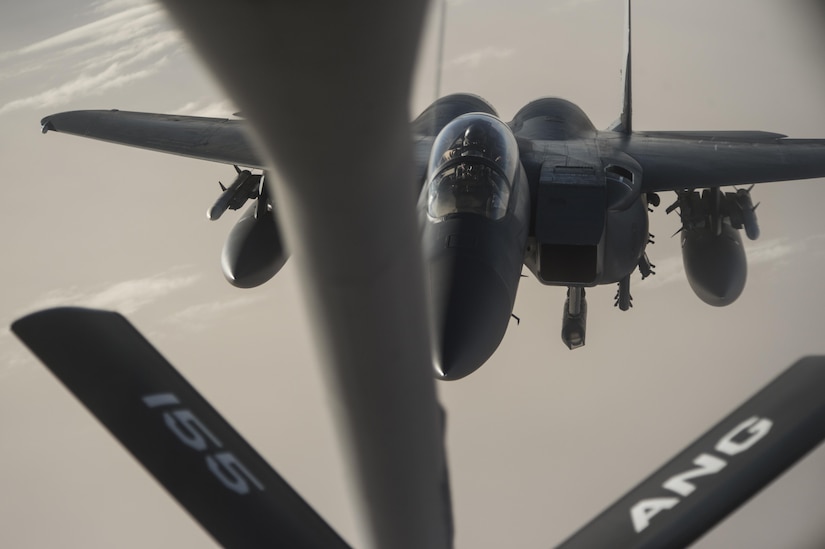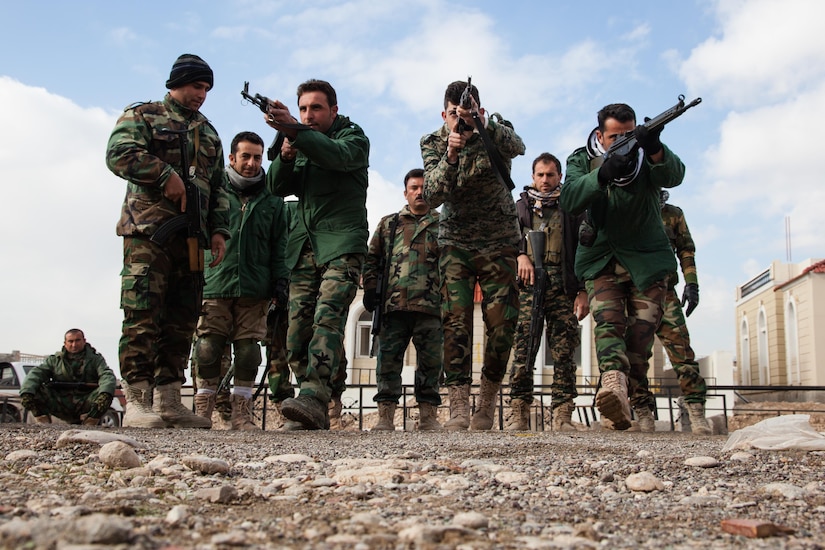Oh, late Friday night, cloak and daggar? No White House announcement from the podium?
Since most of the remaining detainees are from Yemen, 9 were released to Saudi Arabia. Think about that for a moment. Saudi has been at war in recent months in Yemen and the United States had to literally flee during the first days of the war, terminating our CIA staff and our major drone operation against al Qaeda Arabian Peninsula, AQAP.
This is a headscratcher….unless….well nevermind.
ABC: Authorities say the U.S. has released nine prisoners from Guantanamo Bay and sent them to Saudi Arabia for resettlement.
All nine are Yemeni but have family ties to Saudi Arabia. None of the men had been charged and all but one had been cleared for release from the U.S. base in Cuba since at least 2010. One was approved for release by a review board last year.
They could not be sent to their homeland because of instability there.
The prisoners include a frequent hunger striker whose weight had dropped to as low as 74 pounds (34 kilograms) at one point.
The release announced Saturday in a Pentagon statement brings the Guantanamo prisoner population to 80, including 26 cleared men expected to leave by the end of the summer.
****
Stripes: The nine Yemenis include Tariq Ba Odah, a frequent hunger striker whose weight dropped to a dangerously low 74 pounds (34 kilograms) at one point as the military fed him with liquid nutrients to prevent him from starving to death. His lawyers at the Center for Constitutional Rights had urged the U.S. to free him earlier due to his health.
Eight of the prisoners, including Ba Odah, had been cleared for released from Guantanamo since at least January 2009, when an Obama administration task force evaluated all of the prisoners held at that time. The ninth, Mashur Abdullah Muqbil Ahmed Al-Sabri, was cleared by a review board last year.
The other prisoners in this release were identified as: Ahmed Umar Abdullah Al-Hikimi; Abdul Rahman Mohammed Saleh Nasir; Ali Yahya Mahdi Al-Raimi; Muhammed Abdullah Muhammed Al-Hamiri; Ahmed Yaslam Said Kuman; Abd al Rahman Al-Qyati; and Mansour Muhammed Ali Al-Qatta.
The last time Barack Obama was to be with the Saudis was at a Camp David Gulf Nation Summit, where he was snubbed. Furthermore in recent days there has been other hostilities over the 28 missing pages of the 9/11 report where there is text that at least one Saudi diplomatic had met with two of the hijackers in California providing them with material and monetary support. Anyway, Obama starts this coming week with his trip to Saudi Arabia mostly to meet on the fight against Islamic State.
ABC: resident Barack Obama will strategize with his Middle Eastern and European counterparts on a broad range of issues during a weeklong trip to Saudi Arabia, England and Germany with efforts to rein in the Islamic State group being the common denominator in all three stops.
Obama, who begins traveling next week, recently said defeating IS his No. 1 priority. He paid a rare visit to CIA headquarters this week for a national security team meeting focused on countering the group.
The president is scheduled to arrive in the Saudi capital of Riyadh on Wednesday, where he will hold talks with King Salman. Obama will also attend a summit hosted by leaders of six Persian Gulf countries that are members of the Gulf Cooperation Council: Saudi Arabia, Kuwait, the United Arab Emirates, Qatar, Bahrain and Oman.
The summit follows a similar gathering that Obama hosted with the Gulf leaders last year at the Camp David presidential retreat. The White House arranged last year’s meeting largely to reassure Gulf leaders who were unnerved by a deal the U.S. and other world powers negotiated with Iran to ease economic sanctions in exchange for limits on its nuclear program.
The Iran deal is now in force, and the meeting next week will focus on defeating the Islamic State militants and al-Qaida, as well as regional security issues that include Iran.
Obama will spend most of his time in England. He is scheduled to meet again with Queen Elizabeth II over lunch at Windsor Castle on April 22, a visit that coincides with her 90th birthday a day earlier.
Obama will also meet with British Prime Minister David Cameron, who is campaigning for his country to continue its membership in the European Union. Britons are scheduled to vote on its EU membership in a June 23 referendum, the first vote ever by a nation on whether to leave the 28-member, post-World War II bloc.
Obama is not expected announce a position on the referendum, although aides have voiced support for a strong United Kingdom as a member of the E.U.
“He’ll make clear that this is a matter the British people themselves will decide when they head to the polls in June,” Ben Rhodes, Obama’s deputy national security adviser, said Thursday as he outlined the trip for reporters.
Cameron has also been stung by criticism over his investment in an offshore trust run by his late father. The revelation was part of the recent dump of more than 11 million documents from a Panama law firm that is one of the leaders in setting up offshore bank accounts for the rich and powerful.
Obama also plans a town hall-style, question-and-answer session with young adults, which has become a staple of his foreign trips. Additional stops were being planned for London.
In Germany, the final stop on Obama’s three-country trip, the president will hold talks and a news conference Sunday with Chancellor Angela Merkel. Merkel’s popularity has suffered after she angered Germans by allowing a massive resettlement of refugees from Syria and other war-torn countries. She recently helped broker a deal between the EU and Turkey to stem the refugee flow to Europe.
Obama also plans to join Merkel to open the Hannover Messe, the world’s largest trade show for industrial technology.
Before departing for Washington, Obama has scheduled a speech reviewing U.S.-European collaboration during his tenure and looking ahead to future joint efforts.









 Download Image
Download Image  Image details page
Image details page 


